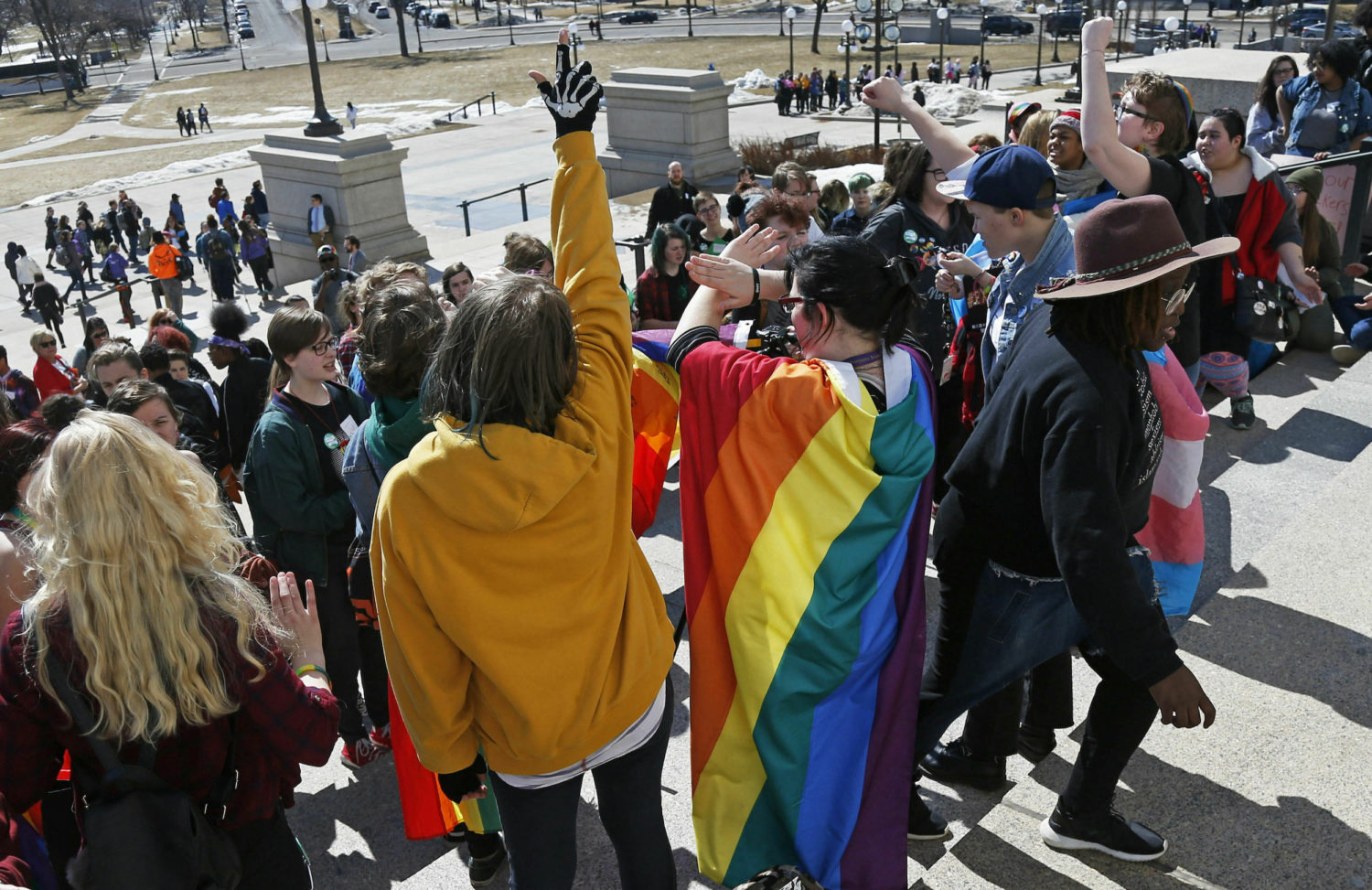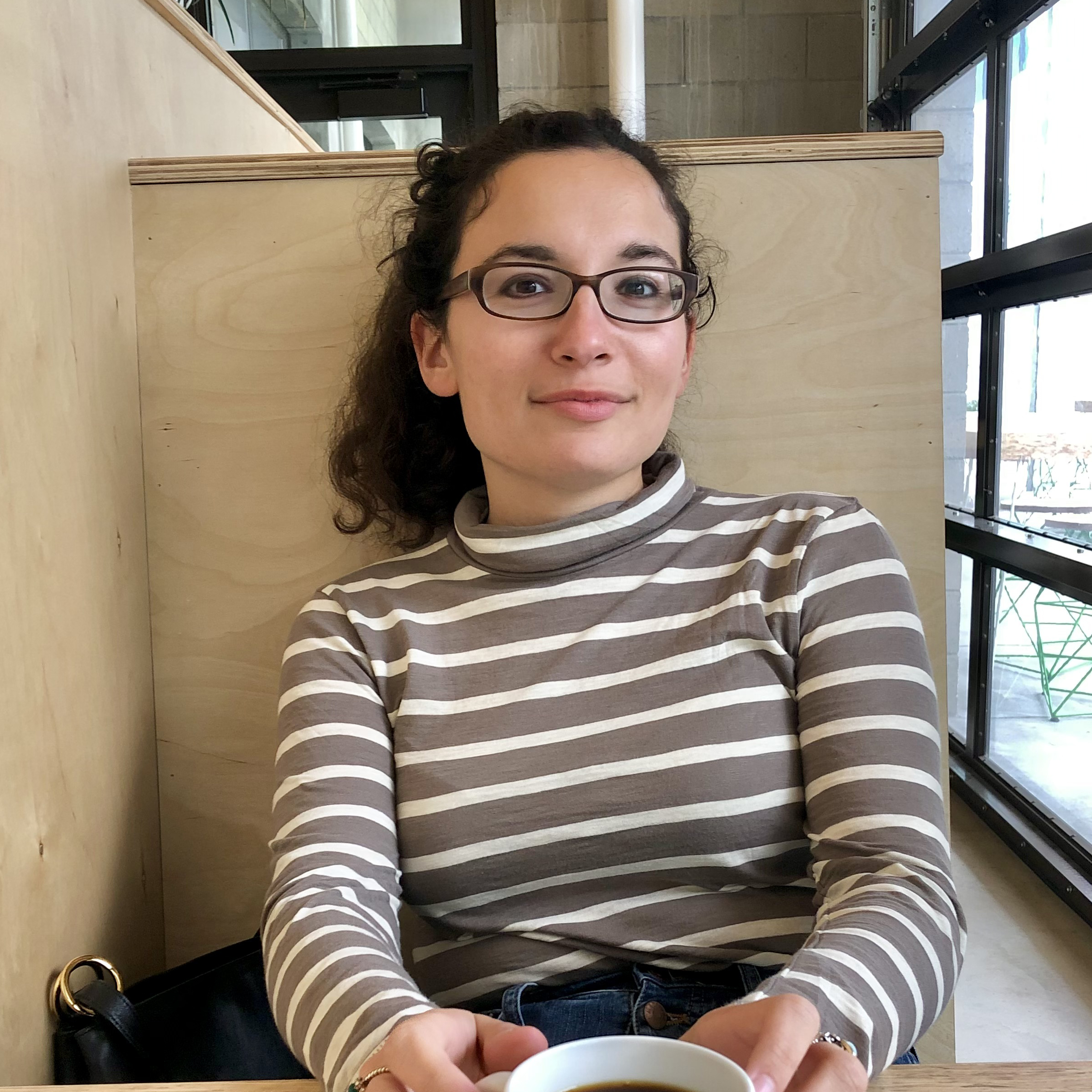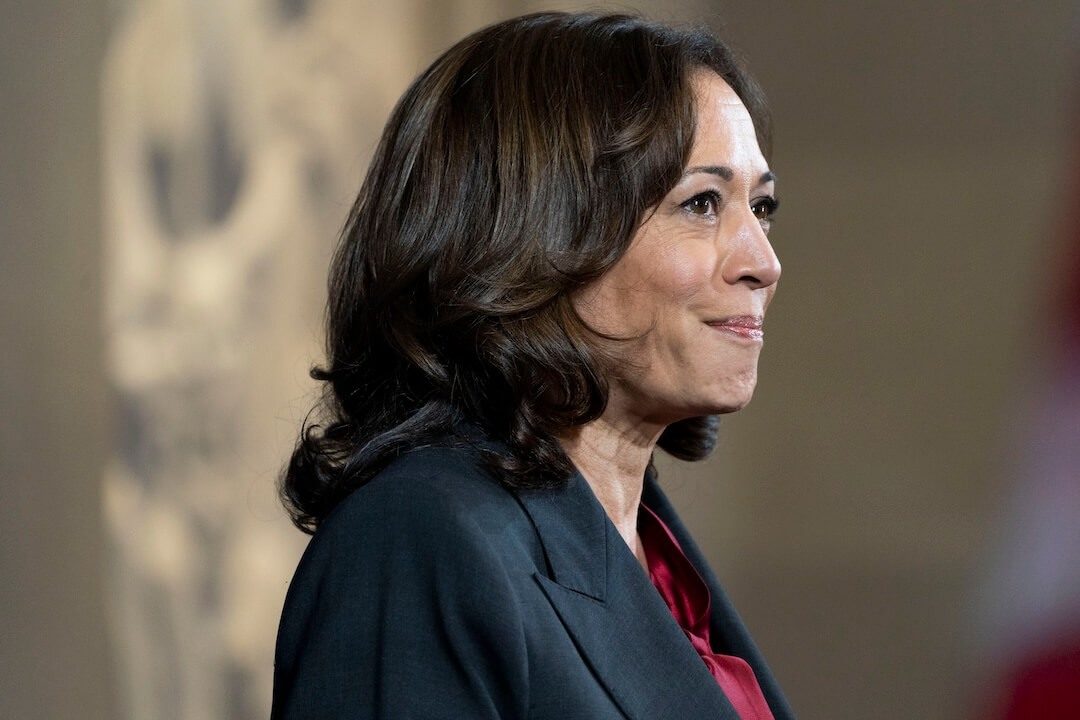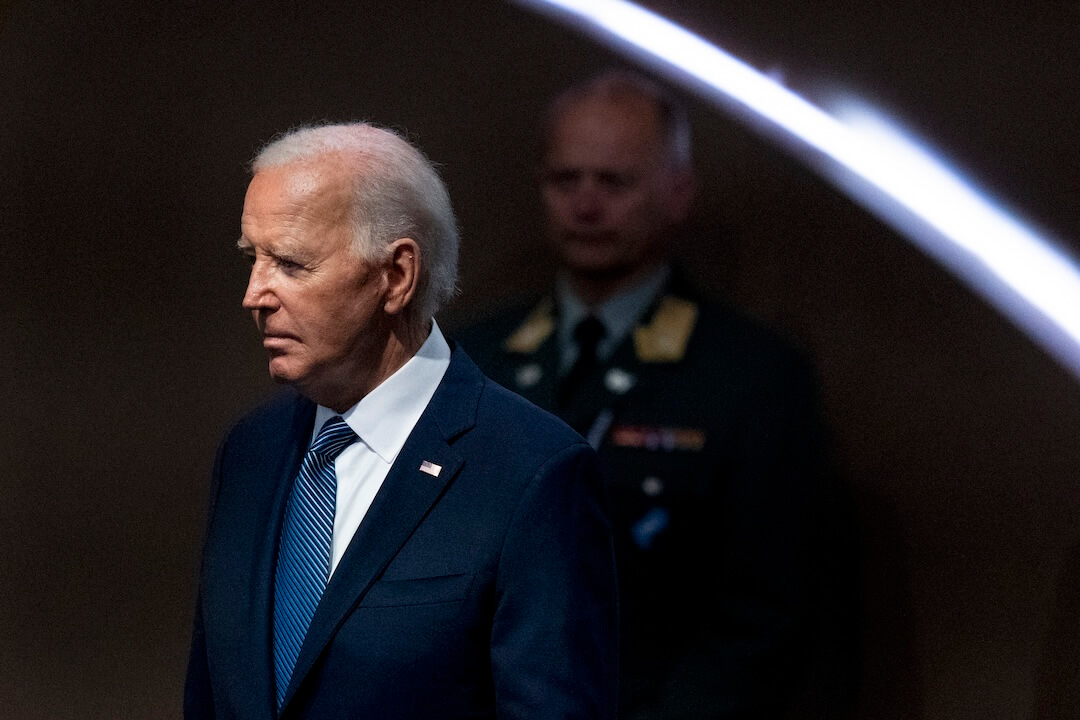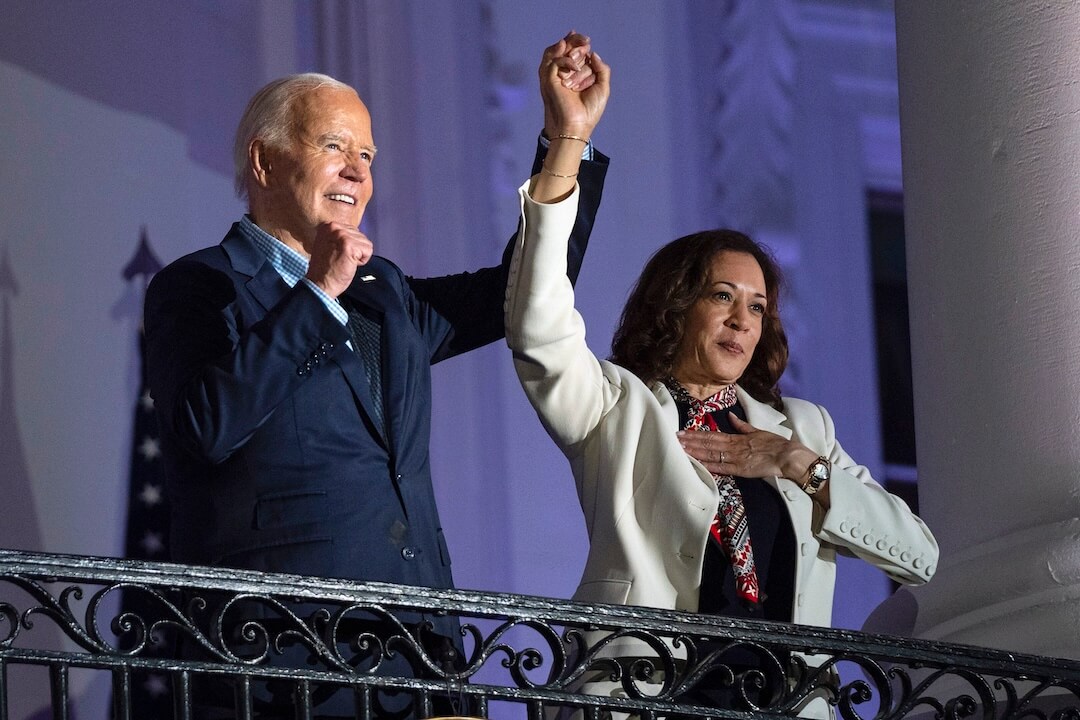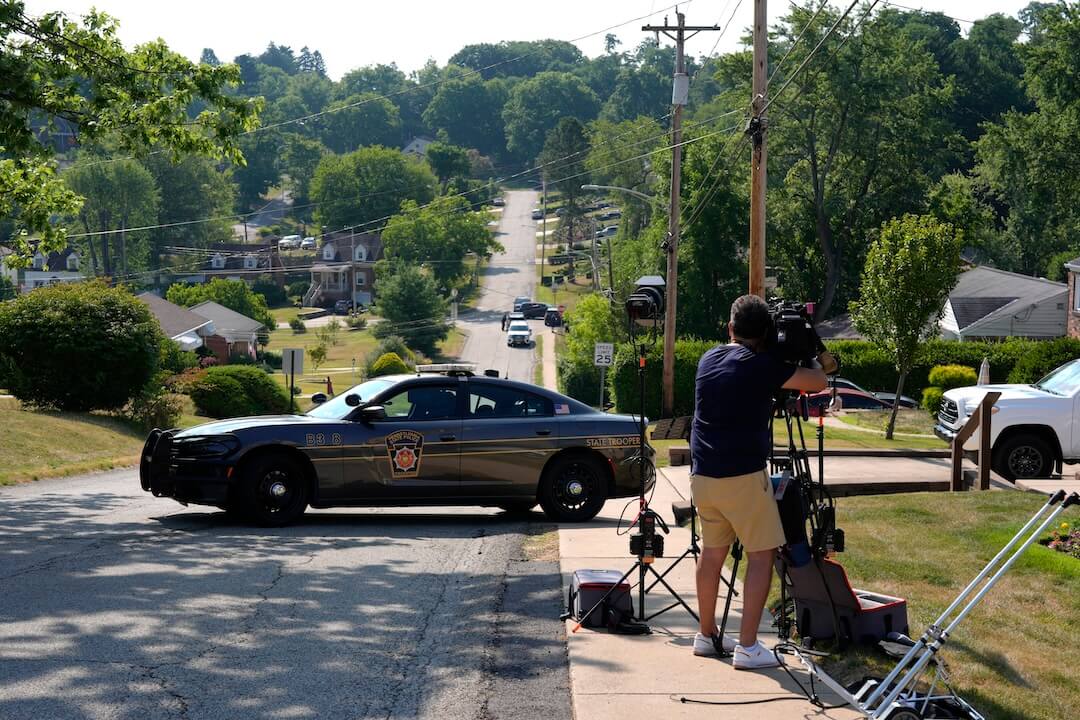For years, teachers have been forced to expand the definition of what it means to be an educator. An average day might start with grading papers or a lesson but end with an active shooter drill or filling a role closer to a mental health counselor.
The pandemic has only heightened the reality that school is not just a place to learn but often a source of solace or stress for so many students. The diversity of experiences during COVID-19 has drawn into sharp relief the need to cater to every individual student.
“In this pandemic teaching world, the word differentiation has been really on the edge of everybody’s lips,” said Sarah “Mili” Milianta-Laffin, a seventh and eighth grade STEM teacher in Hawaii who leads her school’s Genders and Sexualities Alliance. “How are we meeting the needs of all of our students and how are we finding out what those needs are? The needs are so much greater than just academic.”
That includes meeting the needs of students who are LGBTQ. Almost 10% of U.S. people ages 13 to 17 — or almost 2 million people — identify as lesbian, gay, bisexual or transgender, according to a 2020 study from the University of California Los Angeles’ School of Law’s Williams Institute.
While those students may find support in their schools, they don’t always see that same respect reflected at home. A shift to virtual classes at the outset of the COVID-19 pandemic meant students were under constant parental supervision. Only about a third of LGBTQ youth surveyed by The Trevor Project said they found their home to be LGBTQ-affirming. Some of Milianta-Laffin’s students weren’t allowed to sign onto virtual GSA meetings. Others saw their dead name or incorrect pronouns used on Google classroom. There wasn’t much she could do — she didn’t control the system.
“I could only remind students that this kid’s name is this, but it was important to understand that the virtual learning space for a lot of our queer kids was trauma-inducing on top of pandemic issues,” she said.
For education reporters who cover the modern-day classroom, the challenge is covering these nuances. How do they guarantee that their reporting on students includes the queer community without feeling invasive? How do they represent LGBTQ students in a way that feels authentic to their lived experience?
RELATED WEBINAR: Trans in Sport
The student experience
The key to covering any community is understanding that there is no monolithic figure: Every student is different, and not every student wants to represent the LGBTQ community en masse.
That’s something even teachers have had to realize.
“I joined the community as a 90s gay where activism was really part of the identity,” Milianta-Laffin said. “This younger generation just wants to exist. We have to be careful of putting the mantle of activism on them. Not every kid wants to be that poster child.”
For the students who are ready to come forward, the next step is preparing them for the reality of being named and quoted or even published in an outlet with a wide-reaching audience. Gabrielle Birkner is a story editor at Chalkbeat, a nonprofit news organization focused on covering education across the country. She edits two of the site’s ongoing series, “First Person” and “How I Teach,” which feature the perspectives of LGBTQ students and teachers. She knows the high stakes involved in publishing any piece of personal writing — whether or not the writers themselves do — and she always makes that clear from the outset.
“I think it’s up to an editor, especially when they’re working with young people who may or may not understand the implications of what they’re writing, that it might be seen by a college admissions officer or future employers, to give them a heads-up,” Birkner said. “If there’s anything that would put them at any sort of risk, I talk that through with them. When you’re working with young people, there’s an extra level of responsibility in the course of editing.”
But approaching students and finding those who are willing to talk isn’t always a simple task. Milianta-Laffin fields occasional calls from reporters looking for the perspective of a gay student or a queer student for that day’s story. Generally, the journalist is on a tight deadline and there’s not enough time to create that relationship and trust between the family and the writer.
“Give yourself space to have time,” Milianta-Laffin advises reporters. “These are very nuanced conversations.”
There’s a simple way to avoid last-minute phone calls searching for a source — building relationships. This doesn’t have to be forced. Education reporters like The 19th’s Nadra Nittle encountered the issues facing LGBTQ students organically in the course of daily coverage.
That was the case even in her very first full-time education reporting role in 2013 at the Long Beach Press-Telegram, where she covered one of California’s largest school districts. There, she discovered that LGBTQ students ranked among groups who faced disproportionately high amounts of punitive discipline. As she spoke with student activists for the story, she got a fuller picture.
“I ended up learning more about LGBTQ students and the sort of things that they got disciplined for, like dress code violations or maybe being bullied and they had to defend themselves,” she said. “They were the ones who were punished.”
Nittle has only been at The 19th since Nov. 1, but in that short time, she’s already covered stories affecting the queer community. A recent piece examined the uptick in anxiety and depression experienced by students during the pandemic. Data showed that Black students had higher rates of depression while 70% of LGBTQ young people said they had “poor” mental health often or always during the pandemic.
The stark reality of those statistics already painted a clear image. But Nittle wanted to talk to actual students, again something easier in theory than in practice. She reached out to 10 sources only to get two students in the story.
“It does take a lot of outreach to make sure you center students’ voices, but I wouldn’t have felt comfortable having a story on student mental health with no students,” Nittle said. “I had to keep reaching out. I would have welcomed any student, but I wanted to ensure I had students from the most vulnerable groups.”
Connections with the LGBTQ community don’t have to start with a story. Ivey DeJesus, an enterprise and public advocacy reporter at PennLive, said one of her early professional interactions with transgender students took place at an informal youth advocacy group meeting more than a decade ago.
“I was a fly on the wall,” DeJesus said. “I was really struck by the willingness of these young people, from 21 all the way down to a 5-year-old, to share their stories with each other. I wasn’t gathering names. I was just there to learn.”
That event was the stepping stone to her ongoing coverage of the transgender community. She later wrote about a transgender prom and now covers legislation that could affect transgender people.
Over the years, she’s tested the boundaries of what she knows — and doesn’t know. When she speaks to sources, she lets them tell their own story.
“When you’re asking questions and engaging in these conversations and being respectful to your sources and giving them that space to be authentic,” DeJesus said, “I think that’s a better chance for you to really get their voice. You walk away with a richer picture.”
Creating that richer portrait also means ensuring diverse voices are quoted when interviewing LGBTQ students. Milianta-Laffin is white, and she knows that makes many of her school’s white military students comfortable connecting with her. But she wants to make sure the voices of students of color are being centered as well.
Part of that involves equitable access. When Birkner publicizes Chalkbeat’s first-person essays, she makes sure writers know they are paid opportunities.
“I don’t want only people who can write for free to be writing for me,” she said. “The people who write for us aren’t necessarily people in power. They are people who spend their lives in schools and are trying to make them better.”
But no matter how many students a reporter talks to, there will always be limitations to what can be conveyed through a story and through an interview.
“We can’t fully pathologize the student experience,” Milianta-Laffin said. “It’s about letting students share on their own level — my kids are finding their identity.”
RELATED WEBINAR: How to Improve Your Coverage of LGBTQ+ Communities
Don’t be afraid to unlearn
Milianta-Laffin knows her colleagues sometimes look to her for advice on how to work with LGBTQ students. But she doesn’t have all the answers. As an avid user of the term “you guys,” she’s had to modify her own speech to be inclusive. She now says “humans.”
“As adults, we have to be comfortable with unlearning,” she said.
When Birkner edits a column from a member of the LGBTQ community, she prioritizes the writer’s preference over any sort of style guide. If they want to identify as queer or LGBTQIA+ or only LGBTQ, that is their choice. After all, it’s their story.
Covering LGBTQ students is simply part of the job of being an education reporter, The 19th’s Nittle said. To not do so would be ignoring a crucial community.
“If you’re going to cover education, you have to cover the wide range of students affected by education policies. Without a doubt, that includes the LGBTQ community,” Nittle said. “If you’re not interviewing students and teachers from those backgrounds or experts that advocate for those students, I don’t think you’re being a really well-rounded education reporter.”
In the decade or so since DeJesus first attended a meeting full of transgender students, she’s made so much progress in her understanding of the issues. Her main takeaway: Simply be honest.
“The learning curve really has been quite exponential,” she said. “I went from sitting in that room and not really knowing how to address people or what questions to ask to be confident in my skin. The best thing you can do as a reporter is to just be honest.”
This article was made possible thanks to the support of the Gill Foundation.

